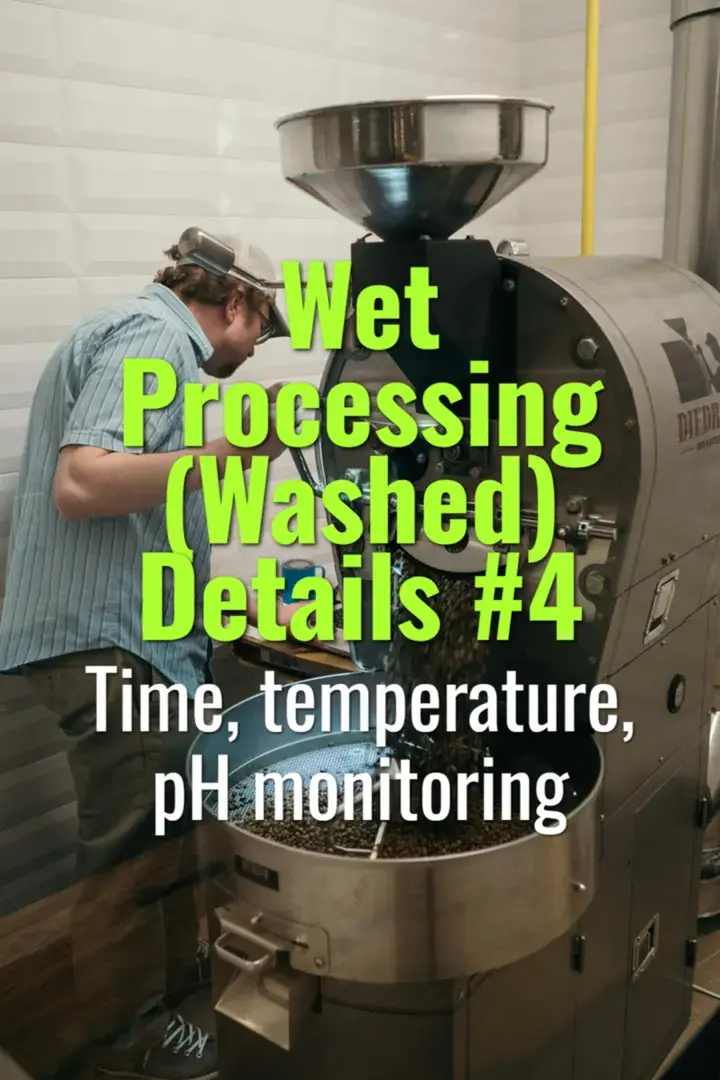
Washing channels and density separation
This topic explains how washing channels and density separation are used in washed coffee processing to remove defects, improve uniformity, and enhance final cup quality.

This topic explains how washing channels and density separation are used in washed coffee processing to remove defects, improve uniformity, and enhance final cup quality.

This topic explains demucilagination—the removal of mucilage from coffee beans—through mechanical and enzymatic methods, comparing them with traditional fermentation and highlighting their impact on efficiency and flavor.

This topic explains how monitoring time, temperature, and pH during washed coffee fermentation ensures consistent quality, prevents defects, and enhances flavor outcomes.

This topic explains the three main fermentation methods used in washed coffee—dry, wet, and semi-dry—how they differ, their effects on processing efficiency, and their influence on flavor outcomes.

This topic covers the equipment and settings used in depulping coffee cherries, how the process works, and why calibration is essential for quality and efficiency in washed coffee processing.

This topic explains the first steps in washed coffee processing—cherry reception and flotation sorting—detailing how farmers ensure only ripe, quality cherries move forward in the process.